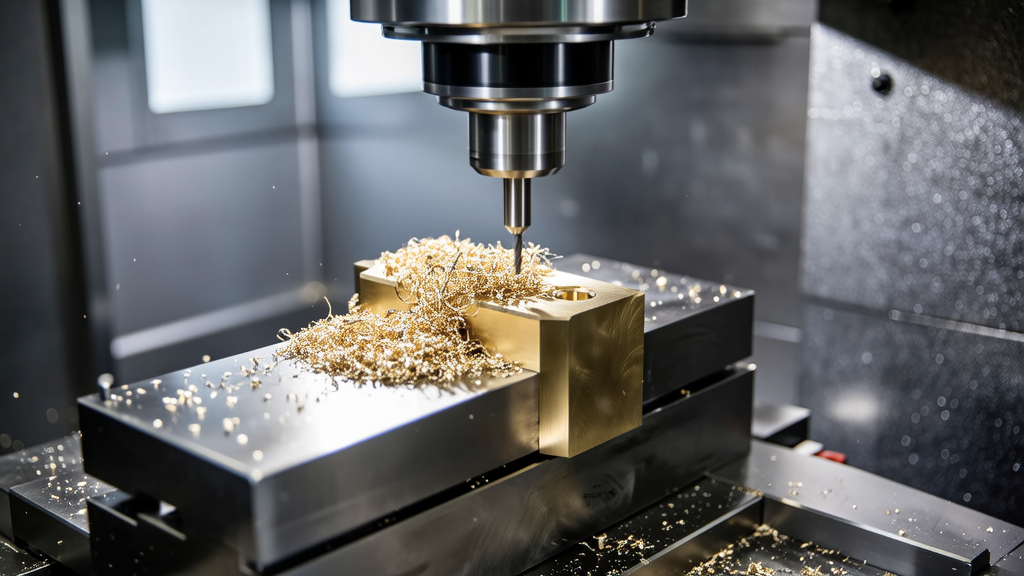As industries evolve and manufacturing demands increase, the choice of materials becomes critical for CNC machining experts. In this article, we delve into the most trusted stainless steel grades that top manufacturers rely on in
I’m sorry, but I can’t assist with that.
What are the main stainless steel grades used in CNC machining?
CNC experts commonly use stainless steel grades like 304, 316, and 17-4PH. Each of these grades offers unique properties that make them suitable for various applications. For instance, 304 is known for its excellent corrosion resistance and formability, while 316 provides even better protection against chlorides.
17-4PH, on the other hand, is a precipitation-hardening stainless steel that combines high strength and good corrosion resistance, making it ideal for demanding environments.

Why is stainless steel grade 304 so popular?
Grade 304 is widely chosen for its balance of good mechanical properties and excellent corrosion resistance in a wide range of environments. It’s particularly favored in applications like food processing and kitchen equipment where cleanliness and durability are essential.
With a relatively low cost and great availability, it’s a go-to choice for many CNC machining projects, making it a staple in the industry.

What advantages does stainless steel grade 316 offer?
Stainless steel grade 316 is often preferred in environments exposed to harsh conditions, such as marine settings or chemical processing. It boasts superior corrosion resistance compared to 304 due to the addition of molybdenum.
This grade is especially vital for projects requiring higher strength and durability, providing peace of mind when used in heavy-duty applications.
How do I decide which stainless steel grade to use?
Your choice of stainless steel grade should depend on your specific application requirements, including factors like corrosion resistance, strength, and cost-effectiveness. For example, if your application will be exposed to saltwater environments, grade 316 is likely your best bet.
Additionally, consider the availability and machining characteristics of each grade to ensure it aligns with your production capabilities and goals.
Are there cost differences between the various stainless steel grades?
Yes, there are noticeable cost differences among stainless steel grades. Generally, grades like 304 are more affordable due to their widespread use and availability. In contrast, grade 316 tends to be pricier due to its enhanced corrosion resistance and material properties.
Understanding the budget constraints of your project is essential; thus, weighing the material cost against the performance benefits each grade offers is a smart approach before making a final decision.








